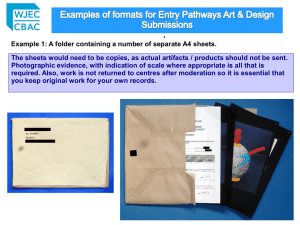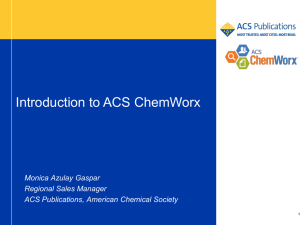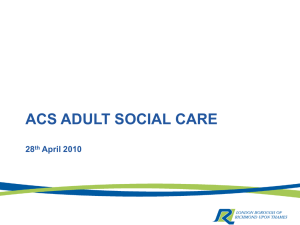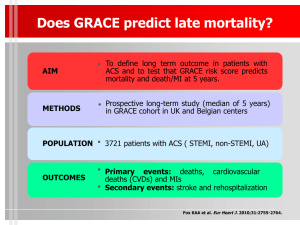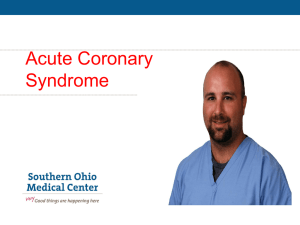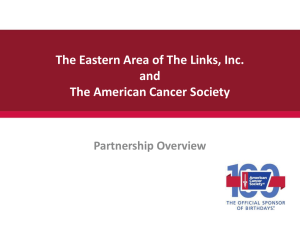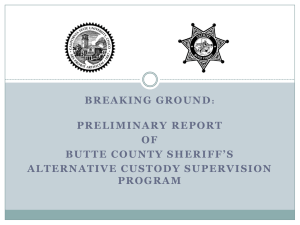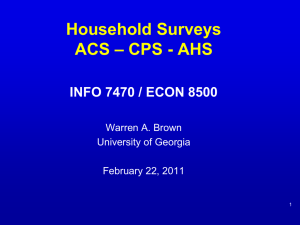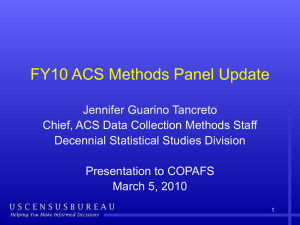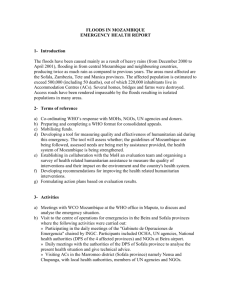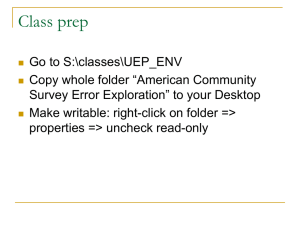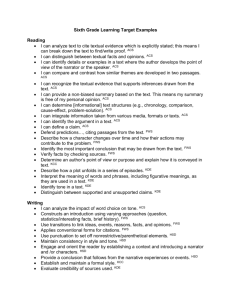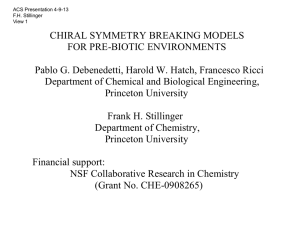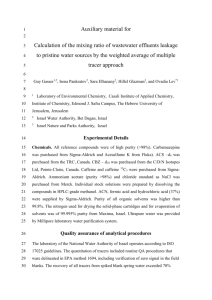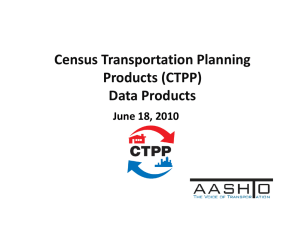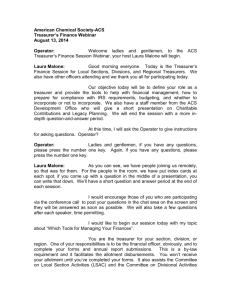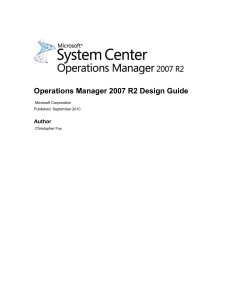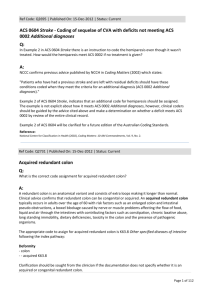ATLS guidelines on paediatric trauma
advertisement
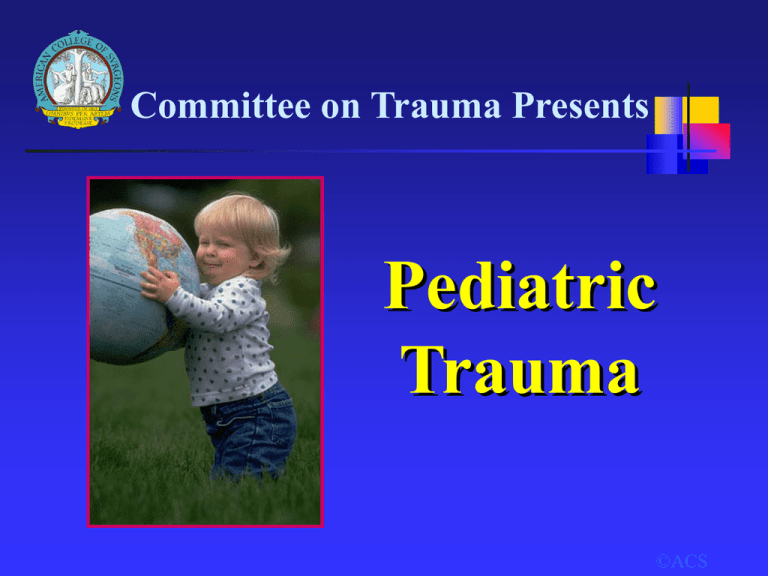
Committee on Trauma Presents Pediatric Trauma ©ACS Objectives Identify unique characteristics of the pediatric trauma patient Identify injury patterns in children Discuss application of ATLS management principles to the injured child ©ACS Key Questions What type of injuries do children sustain? What aspects of childhood anatomy do I need to consider? What physiologic differences will impact on my management? How do I apply the ATLS principles to the child? How do I recognize abuse injuries? ©ACS Type of injuries sustained? Age-related mechanism of injury Injury mortality surpasses all other diseases Mechanisms and patterns of injury ©ACS Anatomic considerations? Airway, Head, and Neck Neutral position Open fontanelles Pad under torso Narrow, short airway ©ACS Anatomic Considerations? Chest Pliable, soft wall Chest injuries poorly tolerated ©ACS Anatomic Considerations? Abdomen Softer, thinner wall Lower-riding liver, spleen ©ACS Anatomic Considerations? Spine Flexibility SCIWORA ©ACS Anatomic considerations? Thermoregulation High ratio of BSA to body mass Thin skin Lack of subcutaneous tissue Prevent hypothermia ©ACS Impact of physiologic issues? Vital signs Increased cardiovascular reserve Cerebral blood flow ©ACS Management Issues: Vital Signs Sign 0-3 years 3–5 years 6–12 years HR < 150 - 160 < 140 < 100 - 120 BP > 60 - 70 > 75 > 80 - 90 RR < 40 - 60 < 35 < 30 ©ACS Management Issues: Output 6 - 12 Years 3 - 5 Years 0 - 3 Years 0.5 - 1 mL / kg 1 mL / kg 2 mL / kg ©ACS Management Issues: ABCDEs B A C Priorities are the same! D E ©ACS Management Issues: ABCDEs A Size of uncuffed ET tube B Compliant ribs, chest tube size C Fluid challenge, use of blood D GCS Score, pediatric verbal score E Prevent heat loss ©ACS Management: Adjuncts T U B E S CT DPL FAST ©ACS Recognize abuse injuries? History Physical Discrepancies Multicolored bruises Delay in care Retinal hemorrhages Repetitive injuries Bilateral subdurals Inappropriate responses Femur fracture(s) Unusual scald / contact burns Medical neglect ©ACS ©ACS Summary Management principles are the same. Unique anatomic and physiologic differences modify the application of ATLS principles High index of suspicion for child abuse Involve the surgeon early! ©ACS
